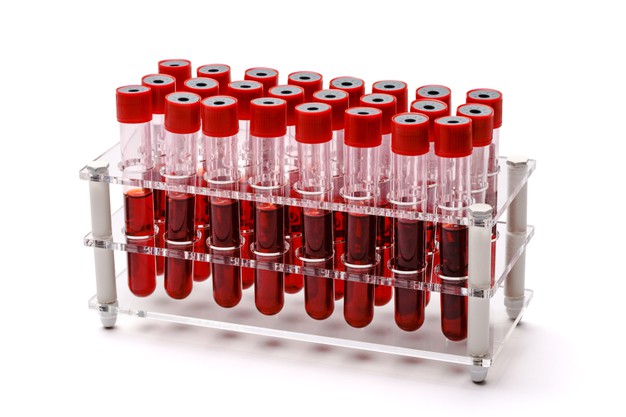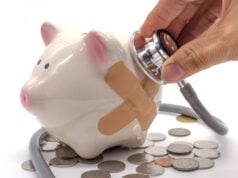
When you have a child, you only want the best for them. So there are many things that you want to consider for their sake. One of the things that a mother or both parents think about is the blood from the baby’s umbilical cord.
The umbilical cord is a part of the baby usually thrown away at birth. It is the cord that supplies the baby with nutrients and oxygen. It is also responsible for removing the waste products of the baby. As mentioned, the umbilical cord is usually discarded when the baby is delivered. The stump of the umbilical cord dries out and falls off. However, other parents do not cut the cord right after birth. They usually clamp the cord to allow more blood to transfer from the baby’s placenta. This process also comes with lots of benefits, such as increasing blood and iron volumes.
You can keep your baby’s cord blood at a cord blood bank. Moreover, storing cord blood has many benefits for your baby and other family members. If you think of saving your baby’s umbilical cord blood, you can read more to understand the things you need to know about it entirely.
What is cord blood banking?
Cord blood banking is where you can keep the cord blood for many years. Cord blood banks will freeze and safely store the umbilical cord blood for future uses. This process is called cryopreservation that helps maintain the integrity of the blood’s cell.
You may consider a private bank so you can easily retrieve it if needed in the future. You may also choose to donate the cord blood in a public bank so the doctors can use it for a patient who needs a stem cell transplant. In simple terms, cord blood banking is collecting and storing your baby’s cord blood for future utilization.
Furthermore, storing the umbilical cord blood is not a very necessary decision. Though, it can help your child in the future. Cord blood banking is like biological insurance against future health problems. However, if you decided to store your baby’s cord blood, you must take note that you should have made preparations. It should not be a last-minute plan, and you should have already coordinated with a bank.
What are the benefits of storing cord blood?
Aside from the fact that it increases the iron and blood volume, umbilical cord fluid is also filled with stem cells. Stem cells can treat many severe diseases like anemia, leukemia, and other immune system disorders that lose the body’s ability to defend itself.
Additionally, therapies that involve cord blood showed more success rates. In the past ten years, researchers discovered more about cord blood and have made better improvements as they go through transplants.
Also, there are now trials for the treatment of autism. That is why storing cord blood can as well help for medical advancement.
Where to find a cord blood blank, and who can use the bank’s stored cord blood?
Different types of cord blood banks are available. As mentioned, you may choose to keep or donate the umbilical cord blood. A public cord bank will not charge you for storage. Your donated cord blank will be available for anyone who will need it. This bank also provides donated cord blood for research purposes. The Food and Drug Administration (FDA) regulates cord blood depending on where the source is, the level of processing, and intended use.
Private cord banks or commercial cord blanks are cord blood storage exclusively for use by the donor and family members only. It can be used by first or second-degree relatives and should also meet the FDA’s regulation criteria though it does not require the agency’s approval.
Meanwhile, direct-donation banks are like a combination of public and private banks. They accept donations that they store for general usage, and they also accept donations reserved for the family.












